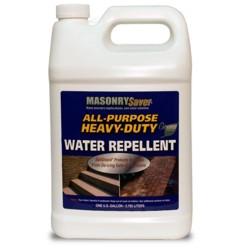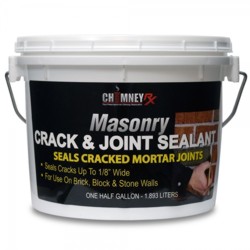Chimney Repair

Chimney Repair - PHOTO CREDIT: Clay Lamb
DEAR TIM: I just bought a house in December of 2010 that has cracked stucco around the chimney and water stains inside around the fireplace. I obviously need to initiate a chimney repair. I found a NJ chimney repair person while searching. Two of three chimney repair guys say they can't repair the chimney in the winter due to the cold. They indicated there would be problems with the stucco curing and setting; one guy says an additive will allow him to work as long as daytime temps are above freezing. Should I go ahead and repair now? If not, what could I do on a temporary basis? Should I just drape a blue tarp over the whole thing and wait until spring? Christy D., Philadelphia, PA
DEAR CHRISTY: My guess is that had you called a Boston chimney repair or any chimney repair Massachusetts company you'd get the same answer this time of year. Performing home chimney repair when the temperatures can drop below 32 F within 24 hours of performing any masonry repair is just not prudent.
Masonry chimney repair of any type in cold weather is dicey. The concrete stucco your repairman would use or regular brick mortar used in a brick chimney repair while tuckpointing can freeze if the temperature drops below 32 F. It may be best to wait until spring for this repair.
If you decide to cover the chimney with a waterproof tarp, be absolutely certain you're not capping off an active flue that's connected to a furnace, boiler, water heater or any other device that creates carbon monoxide as a byproduct of combustion. If the chimney houses a flue from a wood-burning fireplace, embers from an active fire could catch the tarp on fire.
If you do get a break in the weather where temperatures are forecast to stay above 32 F for 36 hours or more, you can do this repair now. There are a few things you can do to help the mortar or the stucco make sure it doesn't freeze.
Start by stockpiling all the materials you need and store them indoors where the temperature is around 70 F. You can put the bags of mortar mix or Portland cement indoors with no problems. Do the same with the needed sand. Just store it in old 5-gallon buckets. It can take up to 24 hours for these cold materials to reach room temperature.
When it's time to mix the material, use hot water from indoors. This will accelerate the setting time of the mortar, but once introduced to the chilly temperatures outdoors the mortar will start to cool rapidly. Don't worry about it setting up.
If there is any way to heat the exterior of the chimney with a portable heater, ask the contractor to try to do this. Even getting the temperature of the outer surface up to 50 F will help tremendously.
As soon as the repairs are complete, ask the contractor to wrap the chimney with some plastic and insulated blankets to help retain some of the heat. This only needs to be done for about 24 hours.
If you really want to make sure you hire the right professional for this job, you should consider using a special checklist I developed that tests the knowledge of the contractor. He needs to answer questions correctly that you'd never think to ask him. My Chimney Repair Checklist is sure to help you discover the true pro in your city.
In my 2021 column Chimney Repair Costs, I updated the approximate costs for replacing, removal and maintenance on chimneys.
 |
 |
The above product links are affiliate links. I get a tiny commission if you purchase these from Amazon.